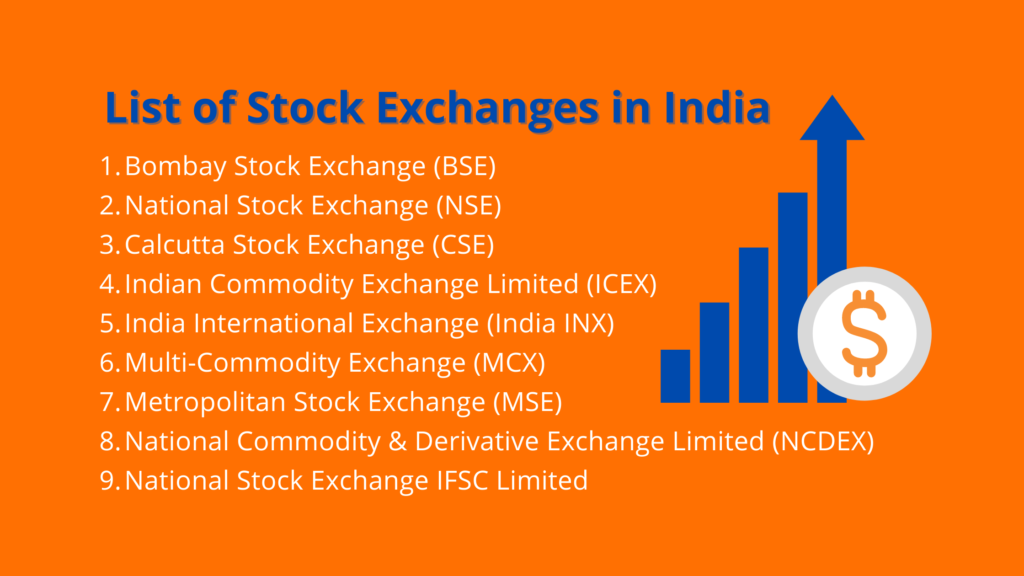The term “Algorithmic Trading” may sound complex, but it simply refers to the efficient use of computer programs to automate strategies in stock trading. Moreover, Algorithmic Trading mitigates human interventions to implement orders for trading by using a set of instructions.
What is Algorithmic Trading?
Technological advancements bring about an evolution in various industries. A successful example of this evolution is algorithms for stock trading. For instance, certain decisions prompt the market during a trade, which influences the decision. Further, the performance is mechanized by traders. As a result, algorithmic trading refers to the decision-making approach that considers various parameters.
Algorithms or Algos are a suite of mathematical commands that support executing specific tasks. Moreover, algorithms incorporated with trading stock have a lucrative outcome for building profits. It is also more efficient than human traders and mitigates the emotional bias during trading processes.
Algorithmic trading also uses computer programs that comply with specific instructions to carry out a trade. The algorithmic commands use timing, cost, quantity, etc., to predict the profitable results for trading stocks. Further, algorithmic trading incorporates the use of computer programs in financial markets to yield benefits from trading stocks.
Types of Traders and Investors that use Algorithms for Trading Stocks
Mid to Long-Term Investors
Mid to Long-term Investors or buy-side firms indulge in pensions, mutual funds, insurances, etc. They often use algorithms in trading to buy shares in substantial amounts. This reduces the impact of the share prices in significant sets of investments.
Short-Term Traders
Short-term traders or sell-side participants are often market makers who profit from implementing automation in trading. Further, algorithms in trading enable traders to generate adequate liquidity for sellers.
Systematic Traders
These traders follow trends, hedge funds, or pairs traders to follow trading norms systematically. They enable the system to trade according to the given rules automatically.
Why is Algorithmic Trading important?
According to Valuates Reports, “The global algorithmic trading market size was valued at USD 12,143 Million in 2020 and is projected to reach USD 31,494 Million by 2028, registering a CAGR of 12.7% from 2021 to 2028.”
This rapid growth in Algo Trading is because of the multiple benefits that it offers owing to its features like:
- Algorithmic trading is extensively recognized as the stock trading decisions rely on mathematical-based strategies.
- Algorithmic trading enables trades at a feasible deal as the trade order is calculated instantly and accurately. Therefore, it eliminates the emotional factor and implements trades based on the data.
- It precisely and promptly times the trades to circumvent any cost changes. It also comprehends various market factors to gain insights into the conditions automatically.
- Algorithms for stock trading also help mitigate manual errors. It procures insights from historical data and real-time data to create and execute strategies.
- Algorithms in trading often play a part in minimizing errors and bottlenecks due to emotional or psychological biases.
- It enables trading at a rapid speed, making it easier to implement orders and trades.
- It employs high-frequency computers to resolve complex mathematical equations that enable the decision-making process.
Algorithmic Trading Strategies
Algo Trading strategies can be of the following types:
● Trend-Following Strategies
Stock market trading is a dynamic phenomenon that is often influenced by trends.
Factors like moving averages, channel eruptions, price & cost level changes, and technical indicators impact trend following strategies.
It is easy to implement trend-following strategies as it does not make predictions or anticipate price changes. Therefore, the trades are executed depending on the current atmosphere and trends. As a result, algorithms are developed and implemented according to easy insights. It also eliminates the use of intricate predictive analysis and reduces complexities.
● Arbitrage
Traders often purchase certain stocks listed at a lower price and concurrently sell them at a higher price to profit from the differences. Therefore, this brief trading strategy is known as arbitrage. It benefits from the ephemeral variations of the price of assets in different markets or different forms.
The dynamic fluctuations in the market influence the price and value of assets. Therefore, algorithms are used to identify these patterns and replicate the activity for stocks or financial instruments. Hence, it helps generate profits from exchanges and efficiently increases opportunities in the market.
● Index-Fund Rebalancing
Index-Fund is a category of mutual or exchange-traded funds that procure profits from the market index. Index funds have determined rebalancing intervals to lead funds back to their respective indices. Therefore, algorithmic traders leverage the opportunity to capitalize on the expected trades. As a result, the algorithms are implemented for precision while trading stocks.
● Quantitative Trading Strategies
Quantitative trading strategies refer to the quantitative analysis and mathematical models to evaluate the change in the price and value of assets in the stock market. Quantitative strategies align mathematical models to compute insights by gathering and assessing data.
For example, a mathematical model-based strategy like a delta-neutral trading strategy incorporates the complete delta (a ratio that compares prices and values of an asset against a parallel change in price due to derivatives).
● Mean Reversion Strategy
The mean reversion strategy reflects the statement “from regression to the mean”. In other words, it signifies that the price of an asset may reach extremes and will revert to its generic value within a period. Moreover, traders use this strategy to define and develop algorithms that identify these patterns and leverage the changes for a desirable outcome.
● Volume-Weighted Average Price (VWAP)
VWAP is often used in intraday trading charts as a technical analysis indicator that reboots at the beginning of new trading sessions. It also supports traders by offering pricing insights into a trend or value of the asset. Therefore, the strategy separates large volumes of orders into smaller blocks. Further, it releases the smaller blocks in the market using systematic time slots closer to the average price point. It also reduces the influence of price changes on the market.
Basic factors that impact Algorithmic Trading Strategies
Multiple factors can impact the way a strategy performs. The most important ones are:
- Besides the basic understanding of the markets, the knowledge of coding your strategy using a programming language like Python for Trading is useful.
- Access to a strong network and trading platforms.
- Accessible data on market insights that will be monitored by algorithms to identify trading opportunities.
- Access historical data for backtesting.
- The expertise and environment to backtest a system post its development before its implementation in real markets.
Steps to develop Algorithmic Trading Strategies

Here are the steps to develop algorithmic trading strategies:
Step 1 – Determine the Strategy
It is pivotal for traders to determine the strategy that they wish to implement according to their requirements. This helps understand the various opportunities each strategy has to offer and its impact on the result.
Step 2 – Establish Statistics
Moreover, traders must establish the statistical significance of the strategy on the asset or security.
Step 3 – Developing Logical Codes
Further, traders must develop codes that define the logic within the trades using languages like Python, R, C++, etc. That is to say, it should include signals to buy or sell according to the precise and profitable time. It is also important to state conditions within the strategy. Hence, it must make decisions like “stop loss” or “take profit” depending on the condition.
Step 4 – To Quote or To Hit
To Quote or to Hit, that is the question! Traders often develop strategies depending on the decision to “quote” or “hit”. As a result, it helps determine how aggressive or passive the strategy would be in the market.
Step 5 – Backtesting
Backtesting plays a crucial role to evaluate and analyze performance. Although it uses historical data as a component to understand the potential of the strategy. Therefore, the results, statistics, and performances of the strategy gathered from backtesting determine its prospective implementation. It is also important to use significantly larger data sets.
Step 6 – Risk and Reward
Risks and rewards are a part of the business. The financial markets also work on a similar concept. Traders must consider the consequences of risks and hope for rewards while implementing strategies. Moreover, not all strategies yield the same results, different strategies work for different scenarios. But there are certain important parameters that traders must consider, like:
- Compound Annual Growth (CAGR) or Total Returns
- Hit Ratio
- Average Profit per Trade
- Average Loss per Trade
- Maximum Drawdown
- The Volatility of Returns
- Sharpe Ratio
Summary
Algorithmic trading amalgamates technological advancements with financial markets to provide an opportunity for investors and traders to automate trades on their behalf. Hence, with robust strategies in place, Algorithmic Trading could help one to achieve the desired results from their strategies.
To evolve with the world of trading, it is essential that one consistently keeps upgrading their skillsets and building their knowledge about the various technologies and factors responsible for it. You too can begin your journey with the right mentorship and guidance from industry experts and trading practitioners with this Algorithmic Trading course to help you become a successful Algo trader.

Pardeep is the founder and editor of Small Investment Ideas. He believes that everyone can change their life with the help of small investments and achieve financial freedom.


